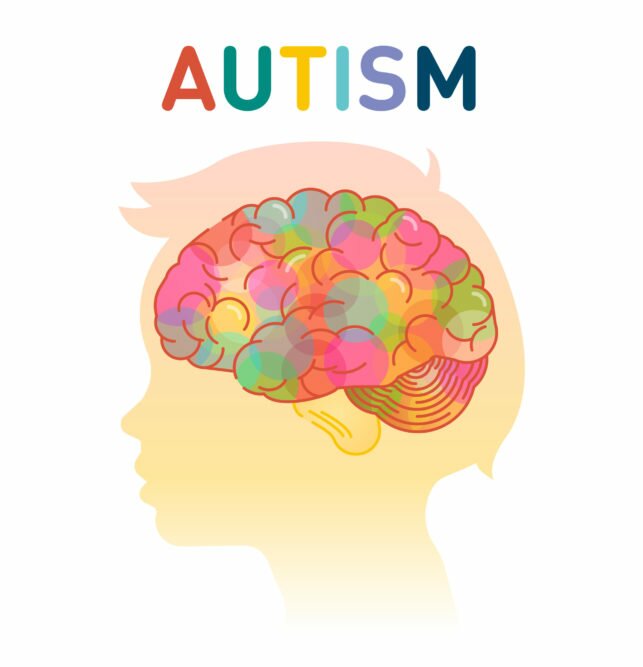In a recent paper that was published in Molecular Psychiatry, there was a claim that was made by Stan Skafidas that ‘a simple genetic test could be used to predict autism risk from birth’.
It is believed that the genetic prediction capability that was suggested in this paper would be difficult even for common diseases before thinking about a complex condition like autism.
Many failed to view this statement as presenting a revolution in autism research, and instead, they felt that the paper lacked grounds to make such bold statements and present them as facts.
A year after this paper was published, two new papers have come forward, showing how the previous study only highlights the dangers of poor experimental design and biases from important cofounders. Of course, the original paper sparked controversy in the scientific community.

The Skafidas paper suggests a method that would help to generate a genetic risk score for the autism spectrum disorder that would be based on a small number of SNPs.
The method would aim to analyze data from the autism spectrum case samples to develop, test, and validate a prediction algorithm for the autism spectrum disorder.
The paper suggests that an individual could give a sample to be genotyped and discover whether their children could develop autism. However, this paper is more dangerous than it may seem with its flawed proposed methods and overall design.
Research by professionals in the area has suggested that there is no clear association between autism and the specific set of genetic markers that Skafidas has mentioned in his paper. The results suggested by Skafidas are inconsistent with our current knowledge and understanding in terms of the genetics of autism.
It is believed that there are methodological errors in terms of the findings that have been reported by Skafidas. More specifically, within population stratification. This is when cases and controls average different ancestral origin.
It was a major concern for both of the papers that were published in response. To be able to accurately estimate the relationship between a genetic variant and a disease, an individual would have to ensure that there were no other differences between cases and controls that confound the association. Popular stratification is a great example of this type of confounding.
Skafidas actually studies autism cases from the Autism Genetic Research exchange, and controls from the HapMap3 Northern and Western European reference population.
The cases and controls differ in genetic ancestry, and these are the subjects used for the case study. If you use cases with European ancestry and controls from Northwestern Europe, then Easterns European ancestry is likely to be found in the cases and not the controls.
To summarize, it is believed that the published paper by Skafidas is flooded with many methodological and analytical errors that cannot be overlooked.
These errors interfere with the tests and the ability to produce the intended result of the genetic predator for Autism Spectrum Disorder. The tests suggested cannot be viable with the data provided.
